In the animal kingdom, loyalty isn’t always a guarantee.
While some animals form strong, lasting bonds with their partners or groups, there are others that are known for their lack of loyalty. These unfaithful creatures defy our human expectations of loyalty, showing that in the wild, relationships can be much more complicated.
While many animals form deep, lasting partnerships—often for survival reasons—some species have developed behaviors that seem to suggest they have little to no interest in long-term commitment. Whether it’s for mating, survival, or social reasons, these animals prove that loyalty is not always the norm in the natural world.
Let’s take a closer look at eight animals that are famously unfaithful.
1. The Male Seahorse
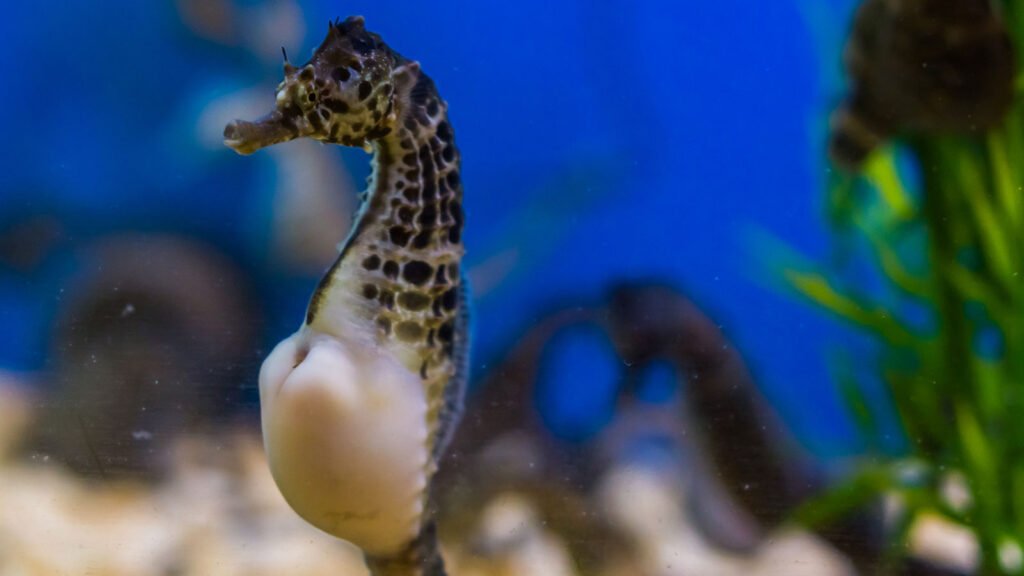
The seahorse may seem like a picture of romantic devotion because of the unique way the males carry the fertilized eggs in their pouch. However, seahorses are not exactly loyal when it comes to mating. Male seahorses are known to “cheat” on their partners by mating with multiple females, even during the same breeding season. While they may care for the eggs temporarily, their romantic endeavors are not monogamous. The concept of “paternal care” in seahorses is an interesting one, but it doesn’t mean these creatures stick to one mate.
2. The Cheetah
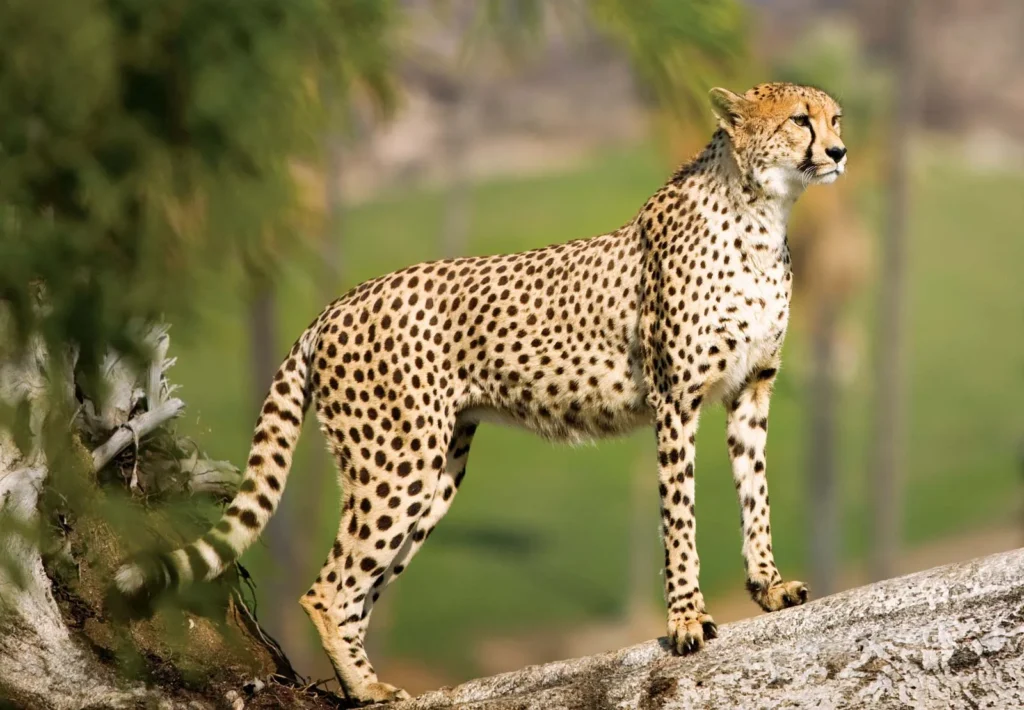
Cheetahs are another example of animals that don’t stick to one partner. These big cats are solitary creatures by nature, and when it comes to mating, they don’t show much loyalty to any particular mate. Female cheetahs typically only come into heat for a short period, and when they do, they often mate with multiple males. Cheetah males also don’t form strong bonds with females, and they don’t help raise the offspring. Once mating is over, both the male and female move on to other pursuits without any long-term connection.
3. The Bonobo

Bonobos, often called “pygmy chimpanzees,” are known for their highly social behavior, and they form bonds within their communities. However, when it comes to loyalty, bonobos are not exactly faithful. They engage in frequent sexual interactions with various partners, and relationships are fluid. Bonobos do not limit their sexual behavior to one individual, and infidelity is common. Their social structure is based on cooperation and sexual freedom, which makes loyalty in romantic relationships rare in bonobo society.
4. The Red Fox
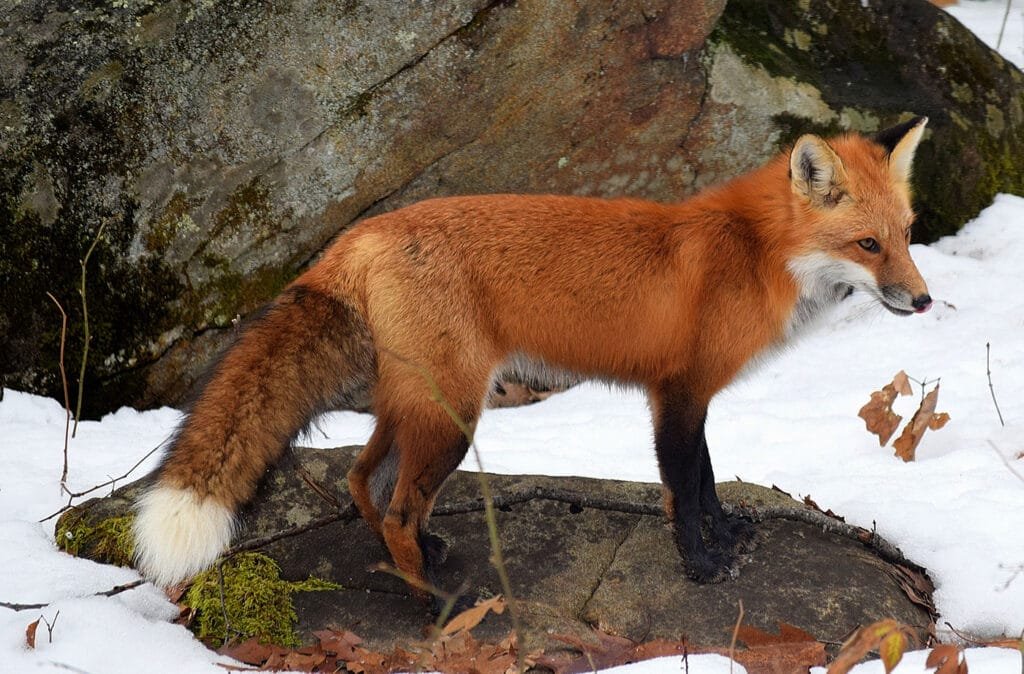
Red foxes are solitary creatures that typically only come together for mating. Their mating system is a bit more flexible, as males may mate with multiple females during the breeding season. Female red foxes, on the other hand, are not necessarily faithful to their partners either. They might leave their mate once the mating season is over. While both the male and female invest in raising their young, they don’t maintain a long-term partnership.
5. The Praying Mantis
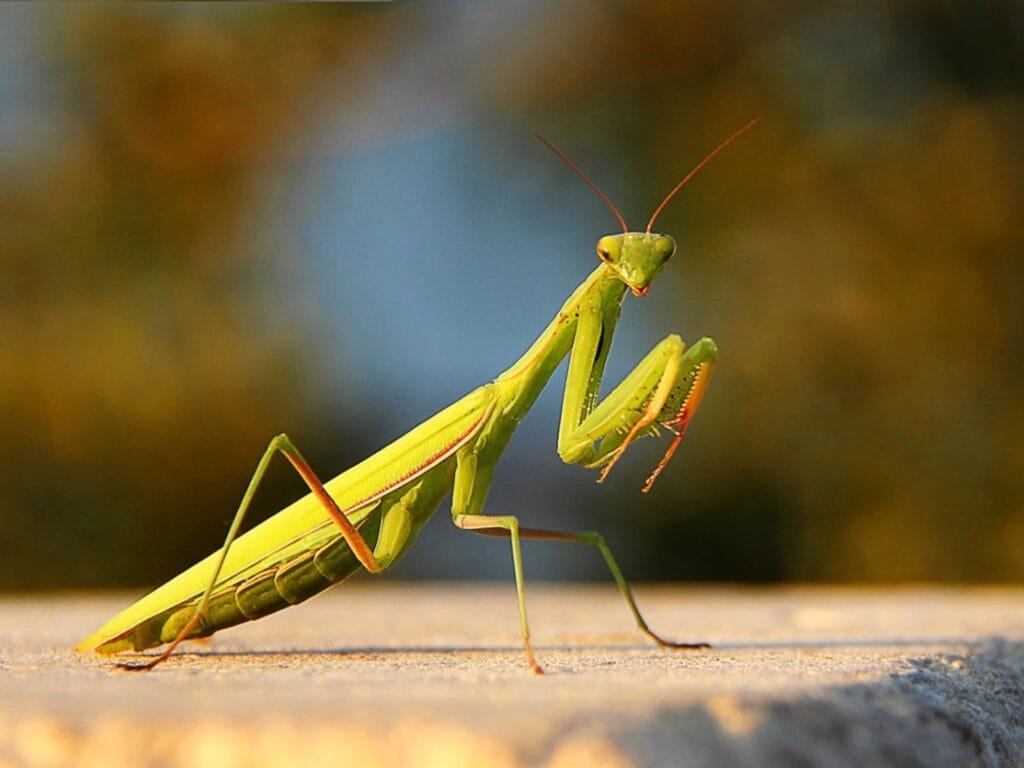
The praying mantis is known for its rather brutal mating habits, and it’s not exactly a model of loyalty. While some female mantises may mate with a male and allow him to live, in many cases, the female will eat the male after mating. Even when they don’t engage in such cannibalistic behavior, female mantises often mate with multiple males over the course of their lives, showing little interest in long-term loyalty. In fact, many species of mantis are promiscuous, and the males risk their lives just to reproduce.
6. The Mallard Duck
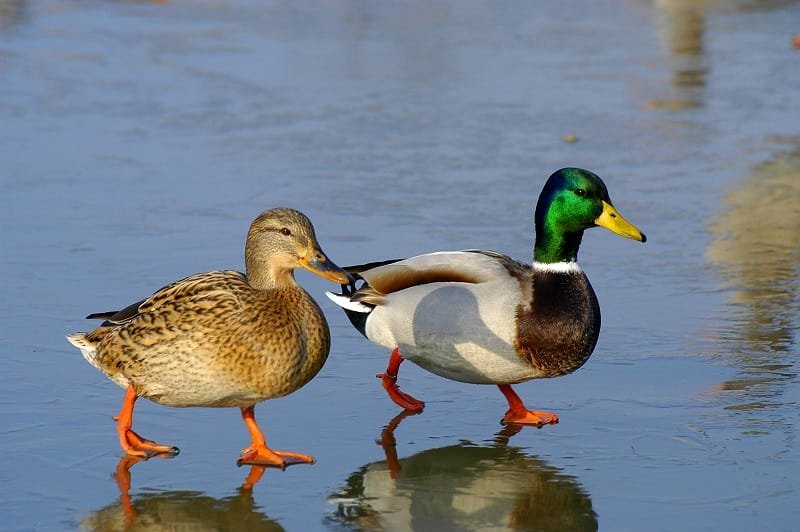
The mallard duck is famous for its beautiful plumage, but when it comes to relationships, this bird is far from loyal. Mallards are known for their promiscuous behavior, particularly the males, who will mate with as many females as possible during the breeding season. Though they may pair up temporarily with a female to raise a brood, they often abandon the female after the eggs are laid, leaving her to care for the young alone. The males don’t stick around to raise their offspring, and the females may end up mating with multiple males during a single breeding season.
7. The Western Diamondback Rattlesnake
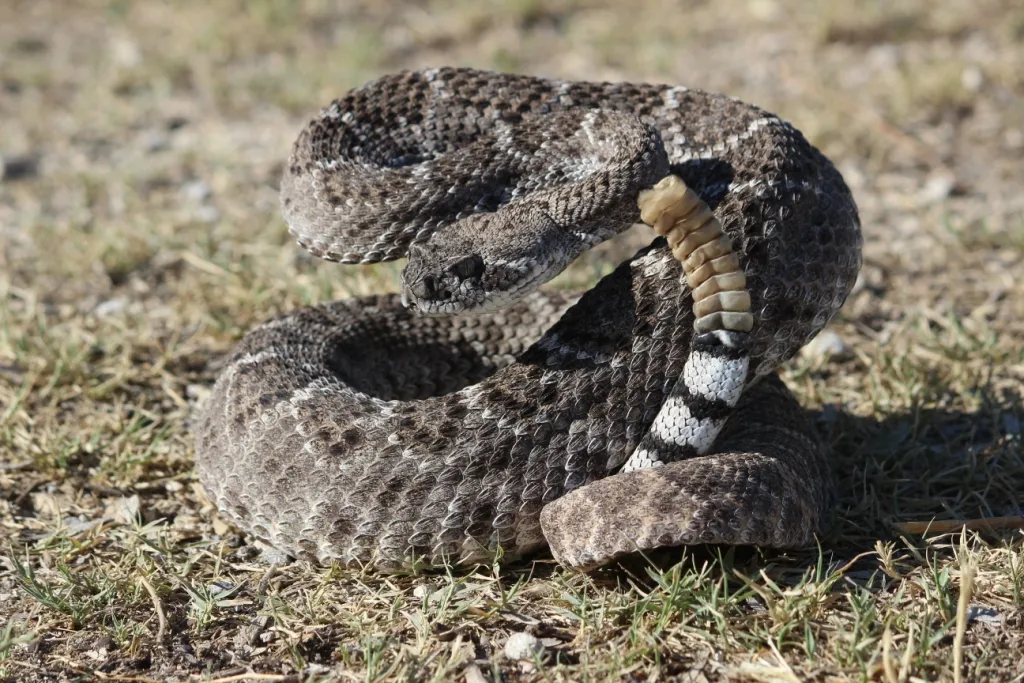
Rattlesnakes, like many reptiles, are solitary animals, and their mating habits are no exception. The Western Diamondback rattlesnake, in particular, is not known for any sort of lasting bonds with a mate. Mating is typically a one-time affair, with males competing fiercely for access to females. Once mating occurs, the snakes part ways, and the male has no role in raising the offspring. These reptiles have no sense of long-term commitment and are only concerned with reproduction during the short mating season.
8. The Chimpanzee

Chimpanzees, much like bonobos, have a complex social structure, and their relationships are often fluid. Males may engage in sexual relationships with multiple females, and females may mate with different males during their fertile period. While there are some instances of long-term bonds between specific individuals, chimpanzees are not monogamous, and their social interactions often involve infidelity. The males may fight each other for dominance, and there is little to no loyalty involved in mating. Chimpanzees’ behavior shows how survival instincts and social strategies often override any need for commitment.
Why Do These Animals Lack Loyalty?
In the wild, loyalty isn’t always an evolutionary advantage. In fact, for many animals, forming long-term partnerships isn’t essential for survival. Many species rely on mating with multiple partners to increase genetic diversity or improve their chances of reproductive success. For some animals, loyalty may not be needed to raise offspring, and in other cases, it may even be detrimental. The drive for genetic diversity, competition for mates, and the need for individual survival all play roles in why these animals behave in ways that might seem unfaithful to us.
The Wild World of Animal Relationships
While humans often value loyalty and monogamy in relationships, animals have a different set of rules when it comes to mating and partnerships. From the promiscuous mallard duck to the solitary rattlesnake, these animals demonstrate that in nature, loyalty is not always a priority. Instead, their focus is on reproduction, survival, and passing on their genes to the next generation.
Understanding these behaviors can help us appreciate the complexity and diversity of the animal kingdom, and remind us that loyalty and fidelity aren’t always part of the natural equation. After all, in the wild, life is about adaptation, survival, and sometimes, a little bit of unfaithfulness.

